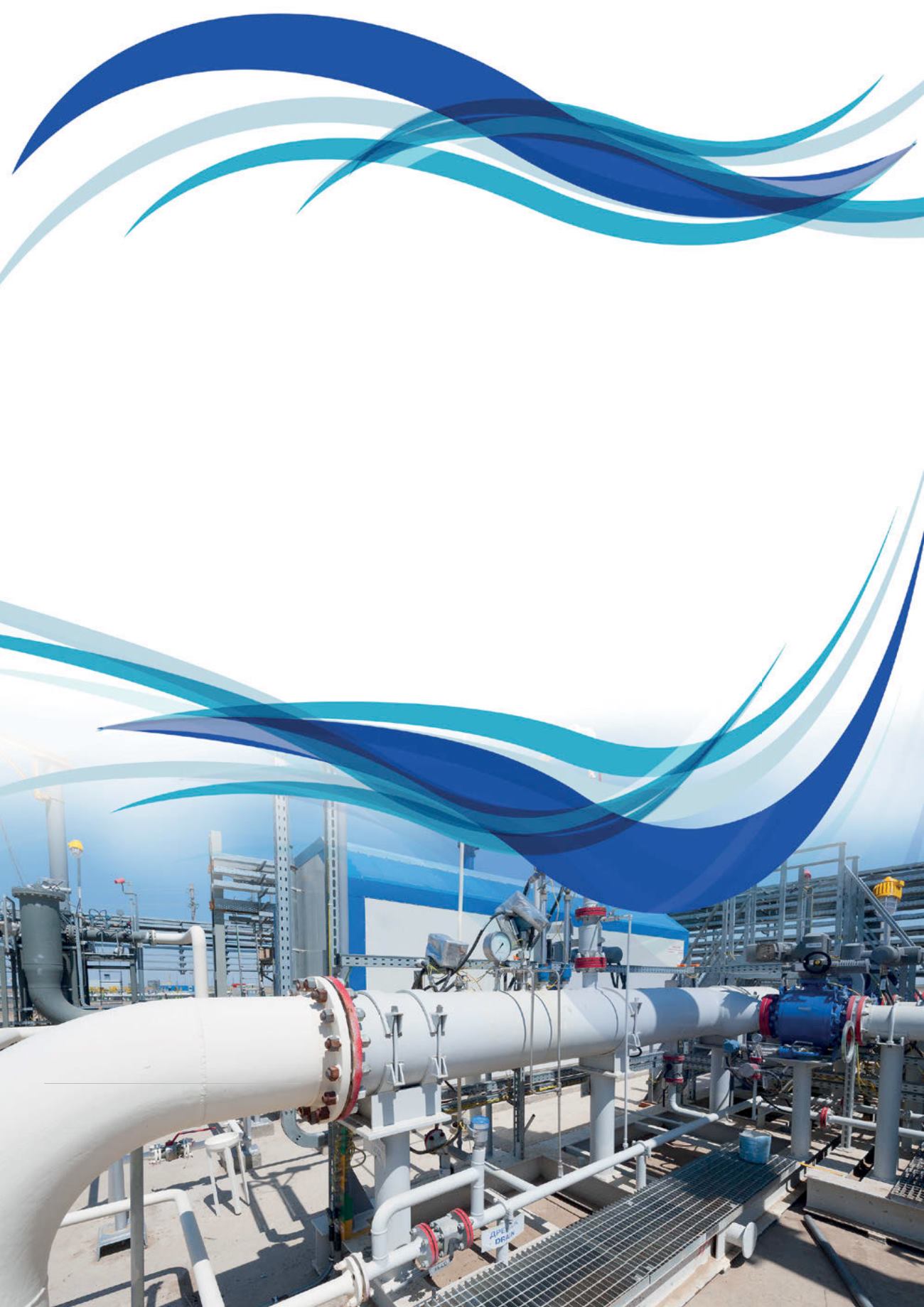
Controlling flow in
liquid hydrocarbon
pipelines depends on
reliable and optimal
operation of pumping
systems, explains
Wally Baker, Emerson
Process Management,
Rosemount, USA.
T
he pipelines used to transport oil and other liquid
hydrocarbons are powered by pump stations, with these
facilities providing the impetus to move product from
one point to another (Figure 1). For a variety of reasons,
the key components in these stations are the pumps.
Pumps in general consume large amounts of electricity, so it is
important that they run at the required speed and no faster. They
are prone to failure if not monitored and maintained correctly,
with issues ranging from leaks to downtime. Numerous regulations
govern their operation, chief among them API Standard 682, which
has recently been revised to require more stringent monitoring of
pump seal systems in hydrocarbon applications.
Figure 1.
Pump stations provide the
impetus required to transport liquid
hydrocarbons through miles of pipelines.
Flow management
starts with pumps
75


